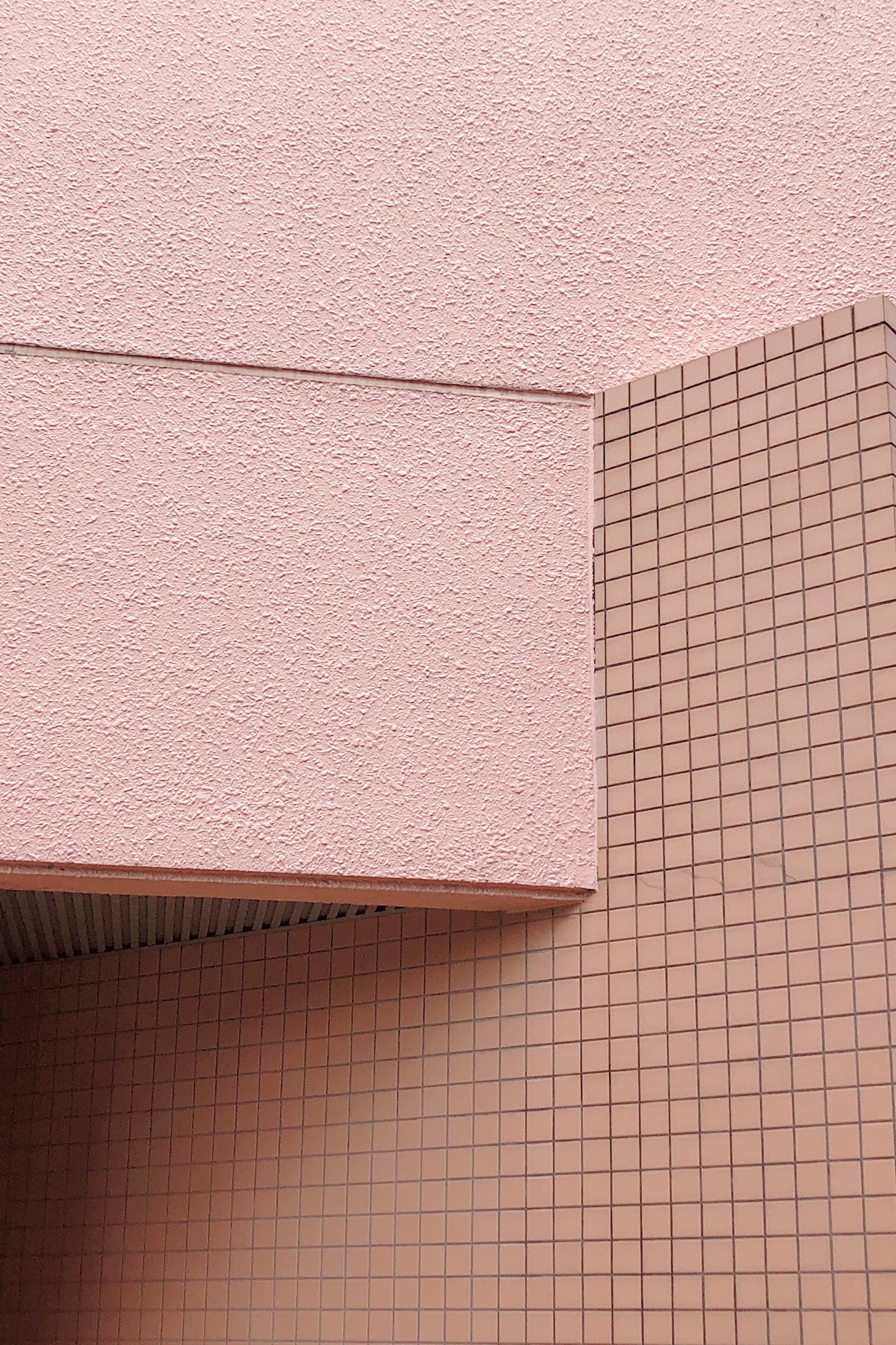“Walking is mapping with your feet. It helps you piece a city together, connecting up neighbourhoods that might otherwise have remained discrete entities, different planets bound to each other, sustained yet remote.”
Lauren Elkin
Doing my best to get “a little bit lost” during my routine march to kindergarten, I headed straight past this modest looking building, before I did a complete about-turn and headed right back with my iPhone camera poised for action. Perhaps aside today’s architectural aesthetic, this building might seem unremarkable or a bit odd . Yet this building has been on my radar for some time and I was delighted to finally “meet” it face-face.
PANAMA BOY was originally Itsuko Hasegawa’s Atelier in Tomigaya, Tokyo, completed in 1986. What is especially interesting about this building, to me, are the perforated aluminium panels on the façade. Designed to emulate cloud patterns, they obscure the interior of the building whilst creating mesmerising optical effects. These screens became part of the visual language of Hasegawa’s structures. Henry Plummer aptly described them as…
“Weight-destroying screens which drift like a fog around buildings by Itsuko Hasegawa are not so much taut curtains, as freely formed, cut-out webbings that simulate soft fleecy clouds, or ocean spray sparkling in the air”
Image Credit: Itsuko Hasegawa
Credit: Itsuko Hasegawa
Credit: Itsuko Hasegawa
Credit: Itsuko Hasegawa
Hasegawa, like Toyo Ito and Fumihiko Maki expanded the concept of the paper and wooden screens of traditional Japanese architecture to the gauzy and lustrous metals we see in modern architecture today. Whilst dark wood and washi is often replaced with metal and commonplace materials, the profound Japanese love for unadorned beauty is still very much expressed in the industrial starkness.
Hasegawa referred to her aluminium screens as “hanging gardens of light and wind” and although I have never been in one of her designed building, I am still fascination with her ideas of using perforated metal to simultaneously screen and invite light into a building. I can only imagine that light streaming through the countless perforations renders the cold metal into an illusion of gossamer.
Despite all these light-filled poetic ideas, the reality remains that yet it is so easy to walk by her once atelier and be none the wiser of the story that she unfolded here. Tokyo is a city adept at hiding architectural gems amid its ordinary neighbourhoods. It pays to walk slower and look again here. It really does.
If you like my Hidden Architectures series, you may also like my blog on Ko-fi about an unexpected Shin Takamatsu building I encountered when I veered slightly off course on my regular walk.







